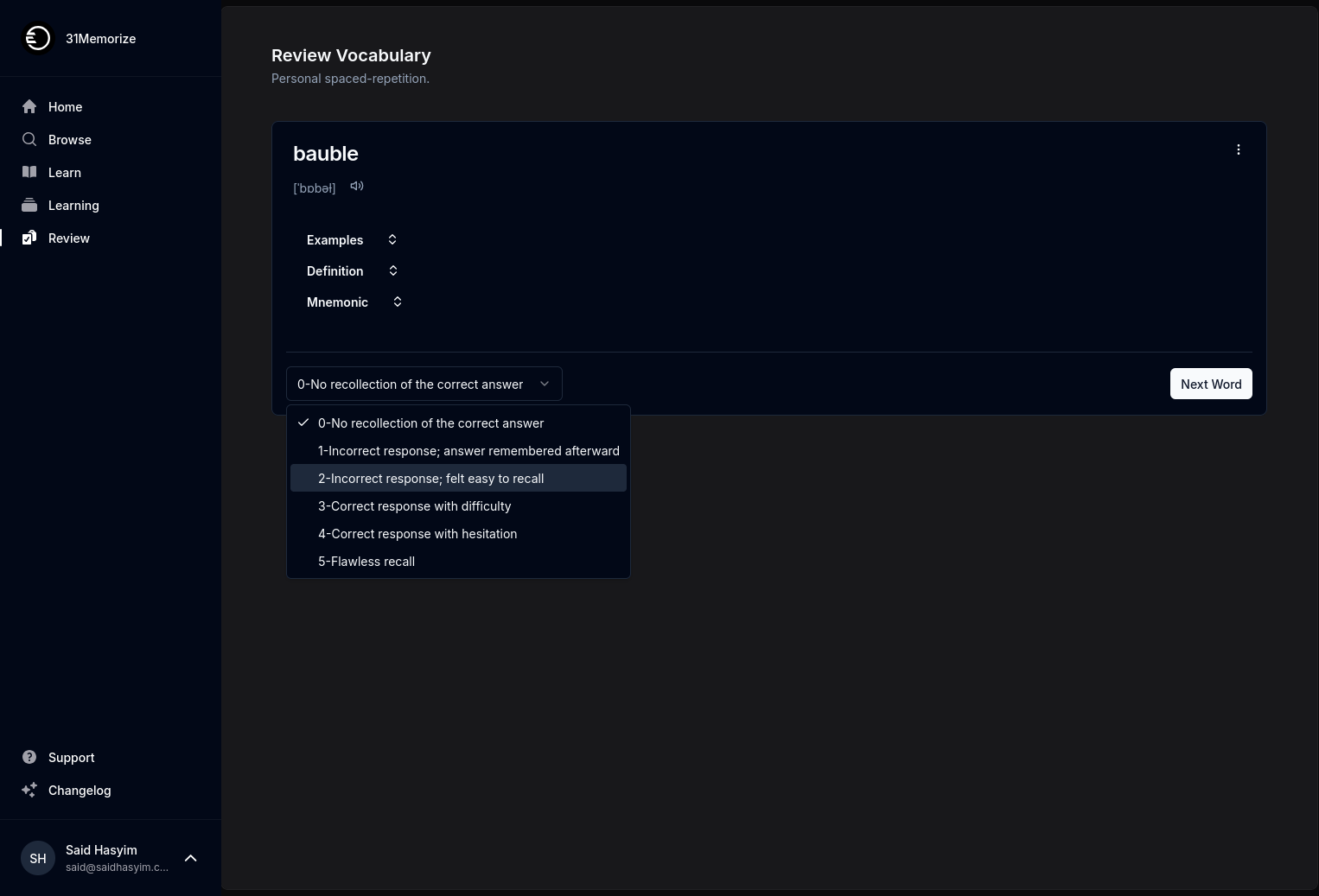The Art of Responding to Ratings and Reviews
In today's digital age, customer feedback is more accessible and more influential than ever. With the rise of social media and online review platforms, consumers can easily share their experiences, which can significantly impact a brand's reputation. For businesses, these ratings and reviews are not just feedback but a pulse on customer satisfaction and engagement.
Responding to ratings and reviews is both an art and a science, as it requires a balance of empathy, professionalism, and strategic thinking. In this blog post, we will explore the importance of responding to customer feedback, best practices for different scenarios, and tips for crafting thoughtful and impactful responses.
Why Responding to Reviews Matters
Building Customer Trust: Responding to reviews demonstrates that your business values customer opinions and is willing to engage in conversation. This can build trust and foster loyalty.
Enhancing Brand Image: A well-crafted response can turn a negative review into a positive impression. It shows potential customers that you are proactive and care about their experience.
Encouraging More Feedback: When customers see that you respond to reviews, they may be more inclined to leave feedback themselves. This increases the quantity and quality of insights you can gather to improve your offerings.
SEO Benefits: Search engines consider user engagement when ranking businesses online. By responding to reviews, you may improve your business’s visibility in search results.
Best Practices for Responding to Ratings and Reviews
1. Respond Promptly
Timeliness is crucial. Aim to respond to reviews within a few days. This shows that you are attentive and value customer feedback. Prompt responses can also help diffuse potential issues before they escalate.
2. Personalize Your Messages
Generic responses can come off as insincere. Use the customer’s name and reference specific details from their review. This personalization shows that you’ve genuinely read their feedback and care about their experience.
3. Maintain Professionalism
Always keep your responses professional, regardless of how critical the review may be. Avoid getting defensive or engaging in arguments. Instead, focus on resolving the issue and expressing gratitude for the feedback.
4. Acknowledge and Apologize
For negative reviews, acknowledge the customer's experience, apologize for any inconvenience they faced, and offer a solution. This demonstrates empathy and a willingness to make things right.
5. Highlight Positive Feedback
When responding to positive reviews, thank the reviewer and acknowledge specific points they mentioned. Share their enthusiasm with your team, as this reinforces employee morale and encourages a culture of excellence.
6. Avoid Overly Promotional Language
While it may be tempting to promote new products or services in a response, try to keep the focus on the customer's experience. If appropriate, you can gently guide them towards your offerings without coming off as too sales-oriented.
7. Take the Conversation Offline if Necessary
If a review indicates a serious issue, offer to take the conversation offline. Provide an email or phone number where they can reach you. This allows for a more personal interaction and prevents lengthy discussions in the public forum.
8. Monitor and Analyze Feedback
Regularly monitor reviews and analyze the feedback for recurring themes. This may provide valuable insights into areas you can improve, helping enhance customer satisfaction over time.
Crafting Impactful Responses
Now that we've discussed the best practices, let's look at how to craft thoughtful responses for various scenarios.
Responding to Positive Reviews
Example:
"Thank you so much for your kind words, [Customer Name]! We’re thrilled to hear that you enjoyed [specific product or service]. Our team works hard to ensure our customers have the best experience possible, and your feedback gives us motivation to continue. We look forward to welcoming you back soon!"
Responding to Neutral Reviews
Example:
"Hi [Customer Name], thanks for sharing your thoughts! We're glad you had a decent experience, but we see there's room for improvement. If you have any specific suggestions on how we can enhance your experience, please let us know. Your feedback is really important to us!"
Responding to Negative Reviews
Example:
"Dear [Customer Name], we sincerely apologize that your experience did not meet your expectations. We strive to provide the best service possible, and it’s clear we fell short this time. Please reach out to us at [contact information], so we can address your concerns and make it right. Thank you for bringing this to our attention."
The Bottom Line
Responding to ratings and reviews is an essential practice for businesses in the modern era. It’s important to engage with your customers in a way that reflects your brand’s values and commitment to customer satisfaction. By personalizing responses, maintaining professionalism, and actively listening to feedback, you can turn a rating or review into a powerful tool for connection, trust, and improvement.
Embrace the art of responding to ratings and reviews, and you’ll not only enhance your business relationships but also create a loyal community of customers who feel heard, valued, and appreciated. Remember, every piece of feedback is an opportunity to grow and evolve; how you respond can make all the difference.
